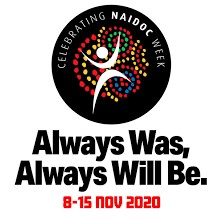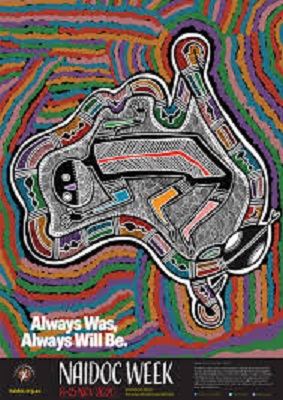NAIDOC Week, 2020. A Tiwi Islands, MSC, culture story, John Fallon MSC

The rise of "no religion" as the most popular religious identifier in the 2016 Australian census attracted so much attention that few noticed Australia's most religious postcodes.
They were Yarrabah, the Tiwi Islands and Palm Island - each Aboriginal communities and former Christian missions - where over 90% of respondents claimed Christianity.
In some ways, the stories of how these communities converted are well known. The Tiwi Islands lie just off the coast to the north of Darwin and the Catholic mission to the Tiwi is famous for its "Bishop with 150 wives." Francis Xavier Gsell, the founder of the mission and self-styled polygamist priest, told of his dealings with the Tiwi people in his memoir of that name.

After landing on Bathurst Island in 1911, Gsell's strategy to win the Tiwi, he claimed, was to buy the rights to marry Tiwi girls. He paid their fiancees and fathers in cloth, flour and tobacco, bringing girls into the dormitory and later marrying them to a baptised Tiwi man of their choice. In doing so, the mission educated a generation of Tiwi women in the Catholic faith, a faith still held by Tiwi today.
But the Aboriginal side of the story is less known outside these communities. As an historian of missions, I went to the Tiwi wanting to learn their history of Christianity. I expected to hear that, despite the cultural arrogance of missionaries, they creatively fused their culture with the new faith.
Instead, Tiwi people insisted that the Church converted to embrace them.
Mutual Conversion

"You Catholic or you pagan?" The old Tiwi woman's question came as a shock to me, a white woman made uncomfortable by language loaded with what, to me, are colonial overtones. The categories of "Catholic" and "pagan" are important for an older generation of Tiwi people, raised on the mission. The old women are decidedly not pagan. As many explained, when missionary priests denigrated Tiwi ceremony, calling it pagan, they were mistaken.
Whenever I asked how Christianity and Tiwi culture fit together I was given a history lesson. It was a story of Father John Fallon, who worked on Bathurst Island from 1958 until 1970. "He said that this ceremony is a pagan ceremony, he said. But that's not true, that was in Tiwi, Tiwi law." The priest "thought we were all pagans, but we were baptised, we were Catholics." To explain their relationship to the church, Tiwi people told me of his dramatic conversion after a supernatural encounter at their Pukumani ceremony.
Some have claimed Aboriginal cosmology and Christian doctrine are such that Aboriginal people are unlikely ever to become Christians. But Aboriginal theologians have articulated ways their Dreaming fits in dynamic relationship with Christian ideas. Aboriginal people have created ways of being Christian and upholding their spiritual insights about time and place.

Anthropologists and historians are pointing to continuities with longstanding traditions embedded in Aboriginal Christian practices. Noel Loos describes Aboriginal people who were both "profoundly Christian" and believed "as profoundly in [their] Aboriginal belief system." Many Aboriginal people evangelised their kin, and some even sought to convert whites. In the 1920s, David Unaipon set out to explain his culture to whites, even as he preached Christianity. Later, Djiniyini Gondarra wrote of sharing the Aboriginal experience of revival: "Black preachers and evangelists have preached many years to convert the white church ... we want them to be free."
Meanwhile, missionaries around the world have long made accommodations to Indigenous cultures - sometimes deliberately, sometimes less so and often on a limited scale - translating their message into local forms in the hope that the gospel would be well received. Historians and anthropologists subsequently pointed out that Indigenous people creatively wove Christian ideas into their own traditions, translating the gospel for themselves, resulting in a "mutual conversion" of missionaries and Indigenous people alike.
Though the nature of this Indigenous "creative accommodation" of Christianity varied and sometimes even disturbed missionaries, it was, in fact, just what many missionaries hoped would happen through their efforts to cross cultures.

The author, Laura Rademaker is a Postdoctoral Research Fellow in the Australian Catholic University's Institute for Religion and Critical Inquiry, and author of Found in Translation: Many Meanings on a North Australian Mission.